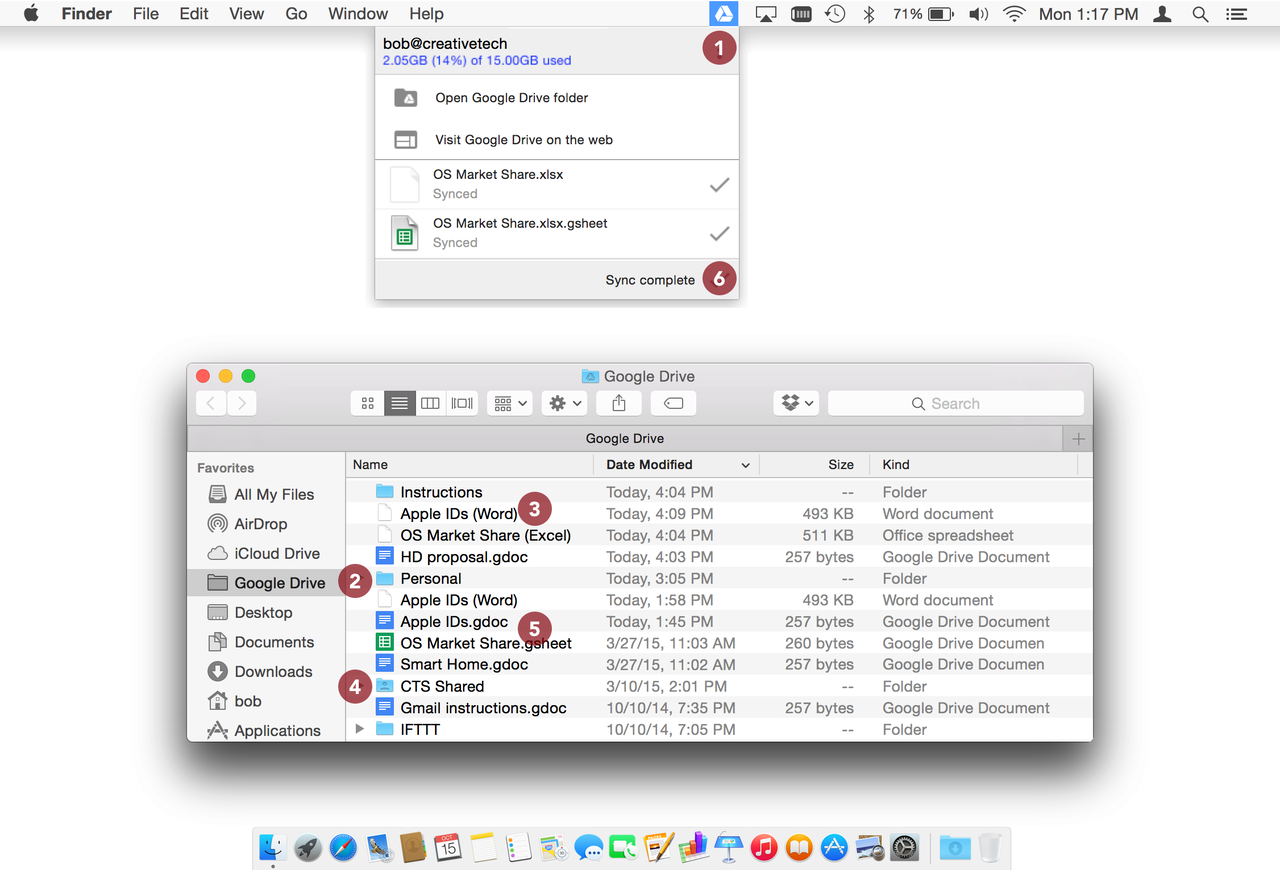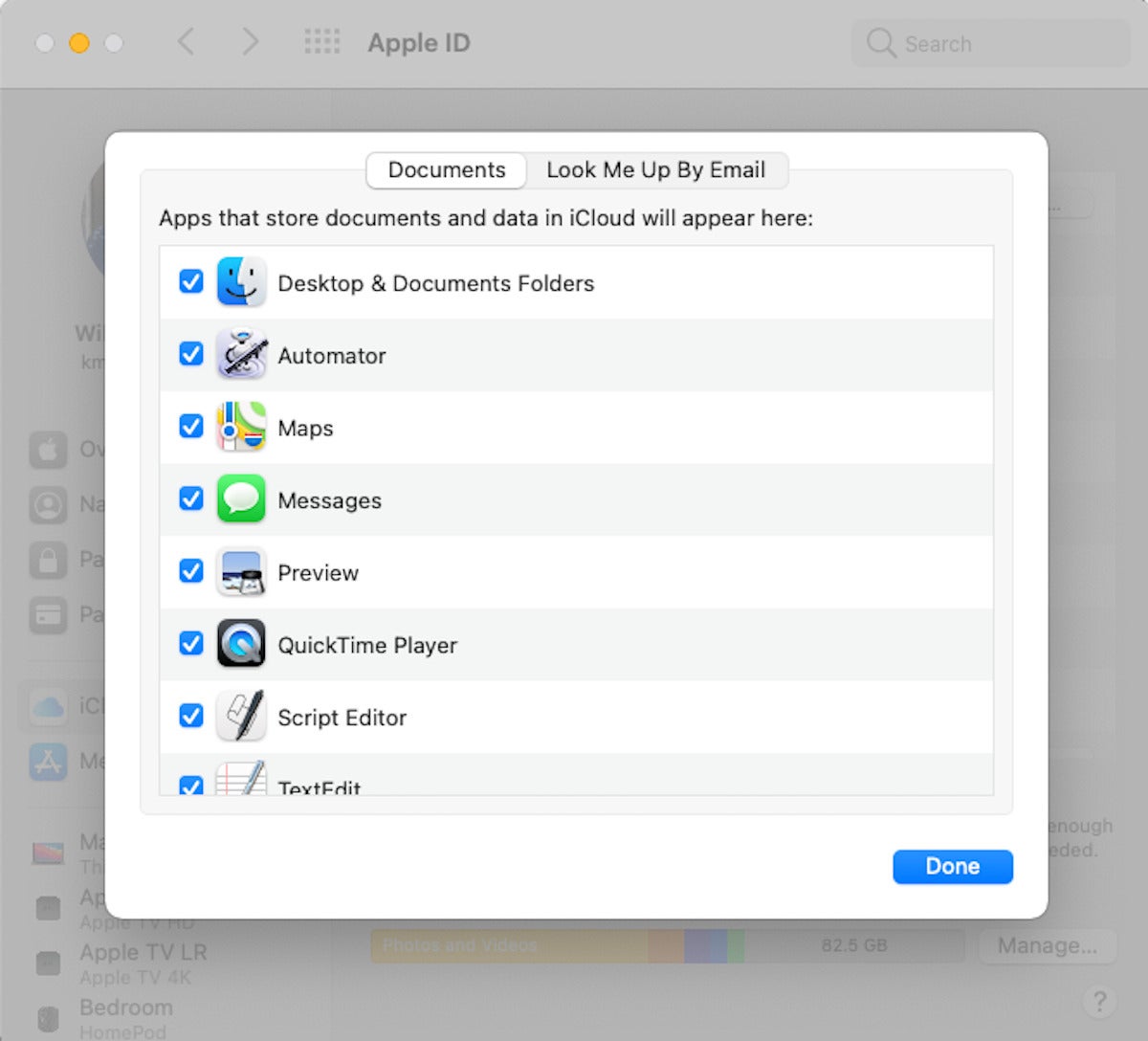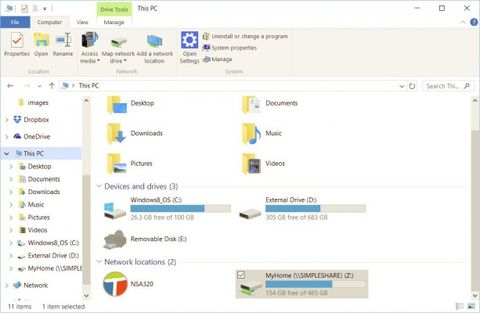
- #Find the server address for my shared drive mac pdf
- #Find the server address for my shared drive mac pro
- #Find the server address for my shared drive mac free
Go to your Shared Folder, take a look at the default permissions for that folder. I can tell you, however, that just keeping permission settings in their default states is still quite useful. I am going to keep this basic because there are many combinations of permissions settings for various scenarios. Fortunately, Apple gives us a simple interface for managing some permissions settings. Permissions – also referred to as Privileges – are part of the underlying UNIX system that, among other things, determine which user account owns which files and folders, what that user is permitted to do to the files, as well as what permissions other accounts have regarding their use of your files and folders.Ī discussion of OS X file permissions can get quite geeky – and therefore, rather involved. I still have my original course files in my Dropbox folder back in my working account.Īnd now: the question of File Permissions. I'm not concerned about any files as I don't create any content that needs to be kept during the course.
#Find the server address for my shared drive mac free
you know, distracting stuff like that.įinally, by using separate course accounts, I am free to modify system settings or whatever I need in order to facilitate my instruction without impacting any settings and preferences back in my main working account.Īt the end of the semester, I simply delete the course accounts with a couple of clicks. a welcome message, the name of the course, different colors, school logos. I also like to modify the desktop background in order to personalize it for the specific classes.

Additionally, by using a separate account during my lectures, I won't see (and hear) the various beeps and bops from text messages, email, tweets and other notifications that pop-up to distract the audience.

I have a few reasons for managing my course materials this way.įoremost in my mind is that I don't want the students to see my messy desktop! It's all about, "do as I say, not as I do." Yes, I know there are little utilities that address this, but doing so just adds another level of complexity. You might be wondering why I bother using separate accounts for each course when I could just as well do everything from one account. This is all pretty simple not to mention a huge time saver.
#Find the server address for my shared drive mac pdf
From there, I run my Keynote presentations directly, I open any Pages and/or PDF files I need to show for reference, or launch any Safari website shortcut files as needed. These aliases allow me to quickly drill-down into the Shared Folder. For each account, I have already placed an alias of that course account's folder – the one that resides within the Shared Folder – onto my Finder Window sidebar as well as one sitting on the desktop in the lower-right quadrant. When in class, I log into the appropriate course account. The files are moved and organized into the appropriate course folders. Within the Shared Folder, I create folders for each course. I then place copies of the files inside the Shared Folder (using the OPTION-DRAG method). I create my Keynote presentations and Pages handouts in my main working account, and I keep all my files organized in my DropBox folder (referring to the service offered by ).

Here's my preferred workflow for managing my instruction files: For example, for my iPhoneography course, a user account is created on my Mac, and it is named, quite imaginatively, iPhoneography.
#Find the server address for my shared drive mac pro
I create a user account on my MacBook Pro for each course that I teach.

Let me tell you how I use the Shared Folder – doing so might just give you some ideas. This avoids excessive replication of files and file version confusion. Why would you want to use the Shared Folder?Ī great example of when utilizing the Shared Folder is quite practical is in situations where family members – each with his or her own account – want to share documents, images, videos and music files – whatever the case may be. It exists specifically to allow sharing of files *between user accounts* on any one Mac. OS X creates the Shared folder when there are more than one user accounts on a Mac. One way to get to it is via the Finder's menu Go > Computer then opening your system drive (typically named "Macintosh HD") and finally into the Users Folder. As I mentioned in my Decemarticle, "How to Locate & Manage Your 'Stuff' in OS X", the Shared Folder is a special folder located inside the Users Folder in the system drive's root directory.


 0 kommentar(er)
0 kommentar(er)
